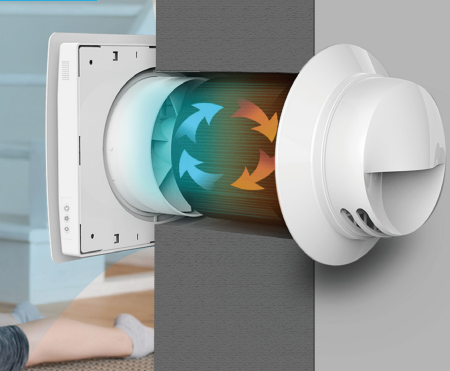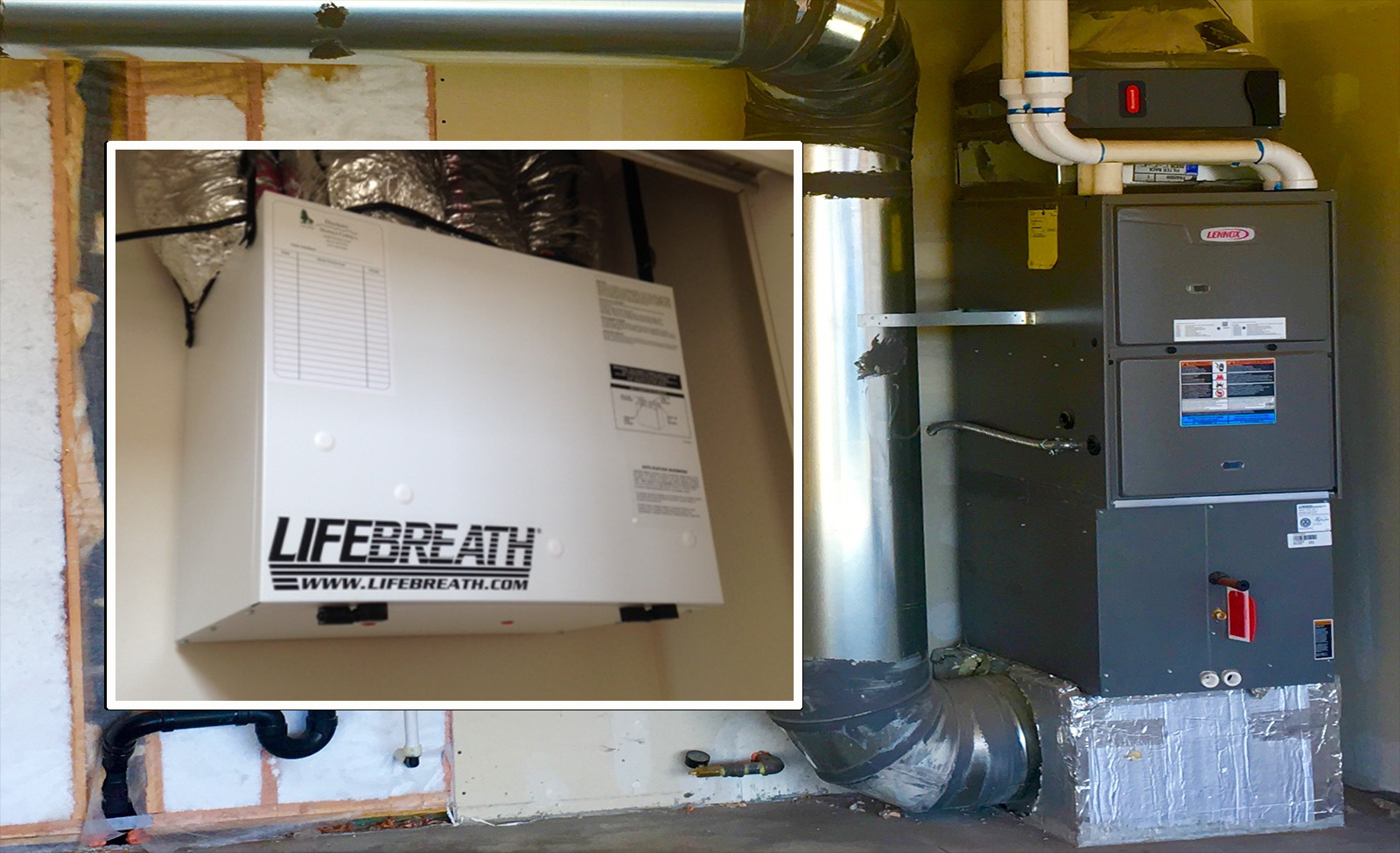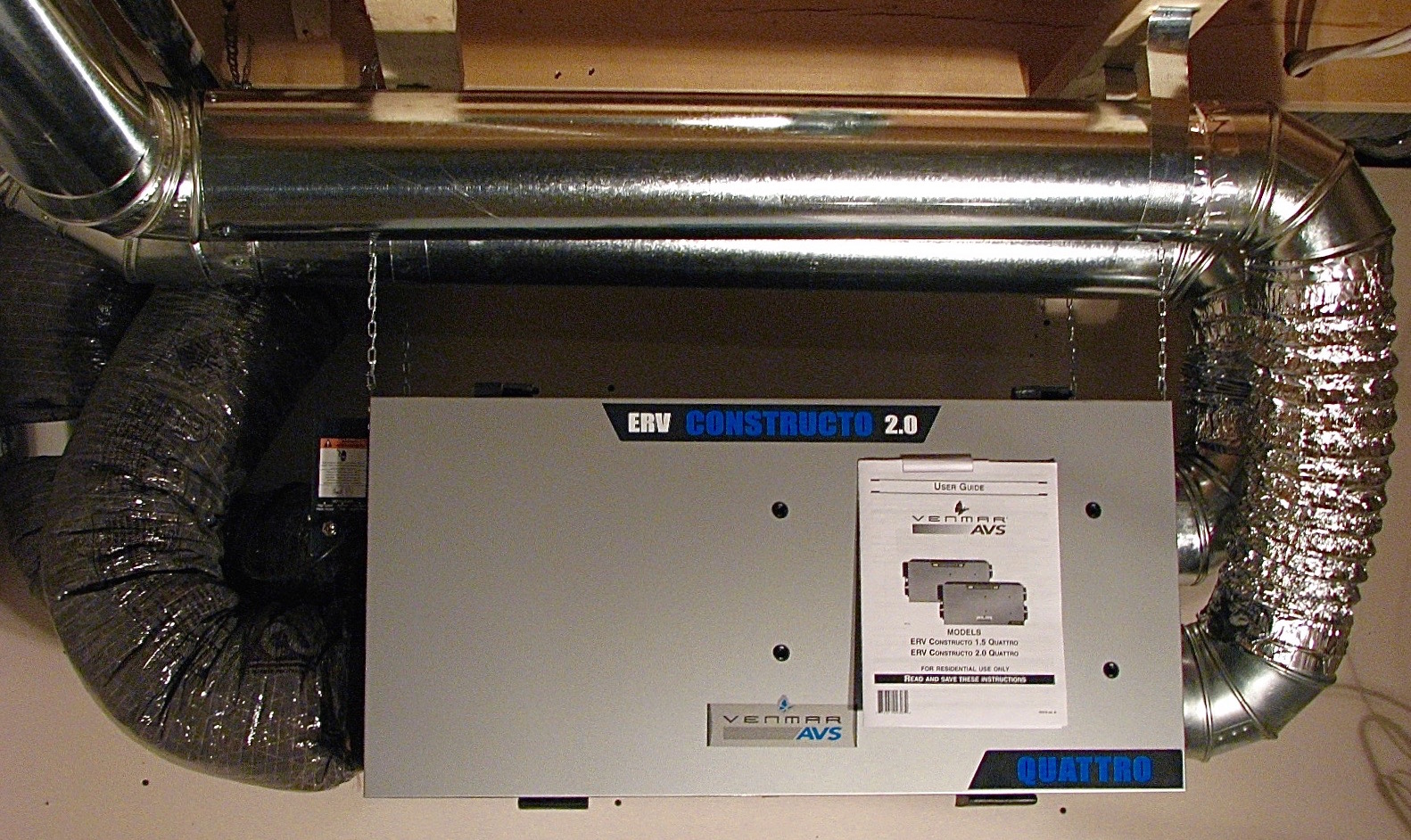How HRV Regulates Indoor Climate
Wiki Article
The All-Inclusive Guide to the Uses of Heat Recovery Ventilation in Modern Structures
Heat Recovery Ventilation (HRV) systems represent a substantial development in constructing technology (HRV Heat Recovery Ventilation). They provide a method for trading stagnant indoor air with fresh outside air while lessening energy loss. This technique not only boosts interior air high quality but likewise contributes to energy performance in both property and business buildings. Recognizing the different applications and advantages of HRV can reveal its essential function in modern layout and sustainability initiatives. The implications of this innovation are worth checking out betterUnderstanding Heat Recovery Ventilation Solutions

Although numerous modern buildings focus on energy performance, recognizing warmth recuperation ventilation (HRV) systems is essential for optimizing indoor air high quality and decreasing energy consumption. HRV systems work by transferring warm from stagnant indoor air to inbound fresh air, successfully maintaining comfortable indoor temperature levels while lessening power loss. These systems contain a warmth exchanger, followers, and ductwork that promote the blood circulation of air. Throughout wintertime, HRV systems capture and recycle warmth from the outward bound air, while in summertime, they can assist cool inbound air. By continually exchanging air, HRV systems also reduce moisture and the concentration of interior toxins. Proper installation and upkeep of HRV systems are essential for their efficiency and performance in boosting total building performance and comfort.
Advantages of Heat Recovery Ventilation
Heat recovery ventilation systems supply countless advantages that boost both energy efficiency and interior air high quality in modern-day structures. By recording and recycling energy from exhaust air, these systems substantially decrease heating & cooling expenses, bring about reduced energy consumption. In addition, they maintain a constant flow of fresh outside air, reducing the danger of interior air contaminants and allergens. This constant exchange assists manage humidity degrees, preventing mold and mildew development and guaranteeing a healthier living environment. In addition, HRV systems add to sustainability objectives by lowering general carbon impacts. Their ability to maximize air flow without compromising thermal convenience makes them a useful enhancement to contemporary building design, advertising both financial and ecological benefits.Applications of HRV in Residential Structures
As home owners progressively prioritize power efficiency and interior air high quality, the applications of heat healing ventilation (HRV) systems in domestic buildings have ended up being a lot more widespread. HRV systems are especially advantageous in firmly secured homes, helpful hints where keeping fresh air flow is essential for stopping wetness accumulation and indoor pollutants. They effectively transfer warmth from outward bound stagnant air to incoming fresh air, lowering energy costs connected with heating and cooling. Furthermore, HRVs can improve convenience levels by regulating humidity and temperature level. They are additionally versatile for different household designs, consisting of single-family homes and multi-unit structures. In general, incorporating HRV systems sustains sustainable living techniques while making certain a healthier indoor environment for passengers.HRV in Industrial and Industrial Setups
In industrial and commercial settings, the execution of warm recovery ventilation (HRV) systems has actually come to be significantly vital for maximizing power efficiency and maintaining air top quality. These systems efficiently move heat from exhaust air to incoming fresh air, decreasing the need for extra heating or air conditioning. This not just lowers power expenses yet additionally adds to sustainability efforts. Industries such as production, warehousing, and office buildings benefit substantially from HRV systems, as they assist control temperature level and humidity levels, making certain a comfortable and productive environment. Furthermore, HRV systems help in removing pollutants and excess dampness, enhancing indoor air high quality. As laws around air quality come to be more stringent, the fostering of HRV modern technology is most likely to expand, making it an important part of contemporary business and commercial framework.Future Patterns in Heat Recovery Ventilation Technology

Often Asked Inquiries
Just How Does Heat Recovery Ventilation Impact Indoor Air High Quality?
Heat recovery ventilation greatly boosts interior air quality by constantly exchanging stagnant interior air with fresh outside air while recuperating energy. This procedure minimizes contaminants, look at this website maintains perfect moisture levels, and guarantees a healthier atmosphere for passengers.Can HRV Solutions Be Installed in Existing Structures?
HRV systems can certainly be set up in existing buildings. Retrofitting might require alterations to ductwork and ventilation layouts, yet it significantly enhances power efficiency and indoor air high quality, making it a viable alternative for older frameworks.What Upkeep Is Required for HRV Solutions?

Are There Certain Climates Where HRV Is Extra Reliable?
Heat recovery ventilation systems are specifically efficient in climates with considerable temperature differences in between seasons. These systems maximize power performance by recouping warmth from exhaust air, making them suitable for both cold and reasonably cozy atmospheres.Just How Do HRV Solutions Affect Power Expenses?

Report this wiki page